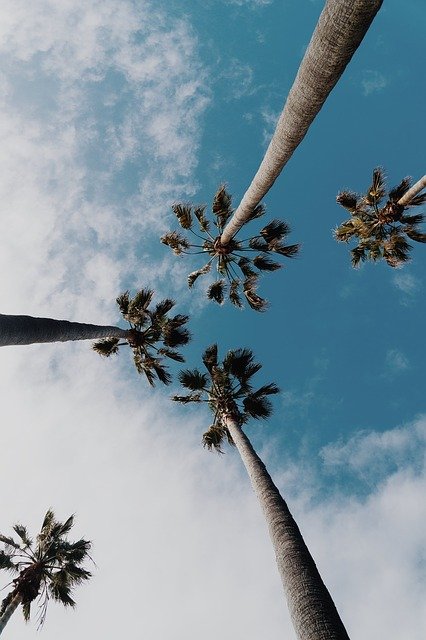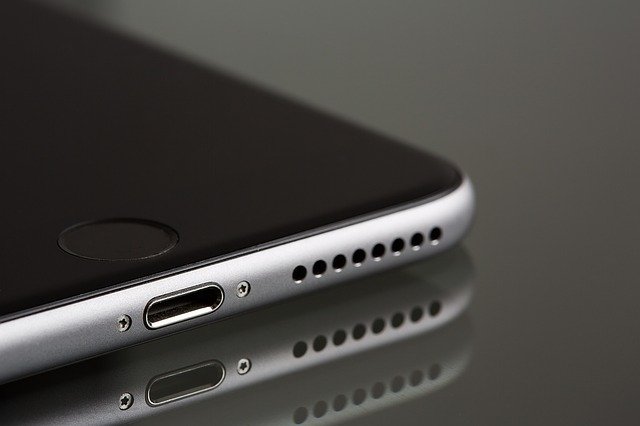What happens if you reverse engineer the raw materials of everyday objects such as an iPhone, a Starbucks cup or a bicycle? Lonneke Gordijn and Ralph Nauta of the Dutch art collective Studio Drift attempted to find out by stripping back the elements and depicting them proportionately in cubes and prisms.
Titled Materialism, their show at the New York event space the Shed asks viewers to put aside culturally constructed ideas of various chemicals and view the objects with a renewed sense of wonder.
Materialism is presented within another show, Fragile Future, that is equally enamored with the material world, finding a certain grace in enormous blocks of concrete.
Fragile Future’s five minivan-sized concrete blocks (“Drifters”) appear to float through the air, rotating and performing feats of choreography that start out free-form before tracing specific shapes around the viewer. It’s set to music composed by Anohni, an artist long preoccupied by questions of human ecology.
Nauta describes the pieces in Materialism as “deconstructions of everyday objects that we find interesting”. By nudging us to remember that iPhones contain elements like nickel that are environmentally destructive to mine – along with trace quantities of cobalt and tungsten, which have been linked to conflict mining – Studio Drift wants us to realize the connections between consumer goods and the societies that create them. In a less world-historical sense, phones themselves have changed a great deal.
Comparing the components of an iPhone 4S with those in a now obsolete Nokia 3210, Nauta observes that the shift has been enormous in barely 20 years. The Nokia’s main component is the circuitry of an actual telephone, whereas with iPhones, the biggest chunk is specially developed glass.
-
The iPhone 4S is made of specially developed glass along with steel, polycarbonate, graphite, copper, nickel, and a range of other materials.
“At first, the function was more important,” Nauta says of early-aughts phones. “The screen was minimal. The connection was more important, but now it’s the visual connection. There are a lot of details: the cobalt, the mercury, the nickel, which comes from certain mines. We’re going deeper into that for our next project, putting in an augmented layer where you can actually dive into the object and find more about the materials.”
Apple claims to have phased out mercury in its products in 2009, but in Materialism’s breakdown of a Nokia – a company that once attempted to manufacture a tablet called Mercury – a spongy, kelly-green prism jumps out from the mostly transparent or grayscale.
In this context, it looks eerie, almost radioactive.
The show’s spookiest piece might be the Internet, a single, dark-gray block. It’s silicon, Nauta says. Using the time-honored principle of E = MC2, he calculated the weight of all the electrons running through the internet on a specific date in 2020. The total? About 60kg, up from 25 grams not so long before.
Many of these prisms are representations of the materials, not the materials themselves. This owes less to toxicity than to the fussy properties of some materials at room temperature, or their cost.
Nauta says the ratios on display are more important. Take the Big Mac Menu, for example.
“We kept it recognizable,” he says. “We could have gone to a molecular level, but with this, we thought you can still point out the fries, the sugar, the salt, the saturated fats, the pickle, the straw. It’s interesting, because people do recognize it and get all of the blocks correct. So we have a logic in our minds that sees this hamburger and understands the size of the block that should be for the pickle, which I find fascinating.”
-
The Big Mac Menu features water, bread, fries, Coke, fat, meat and other ingredients that ‘people do recognize’, Nauta says.
Like the human body itself, the Starbucks Cup is mostly water. Nauta says that when he pays $5 for a cup of tea, he feels like someone screwed him over, but when he gets coffee with milk in it, he feels like it’s worth it. (“But it’s the same amount of water you’re buying!” he says.)
-
The Starbucks Cup is mostly water, but also contains paper, coffee, wood and polystyrene.
Once deconstructed, this poses all sorts of questions about how arbitrary human economics can be, from quirks of the human palate to the fact that the global coffee industry appears consumed with questions of fair-labor practices far more than tea is. The more processed an item is, the harder it becomes for our minds to process.
Geopolitics shows up in several pieces, namely the M16 and the AK-47. The AK-47, one of the best-known Soviet exports, has become a totem of rightwing American ideas of liberty – it’s a sort of cold war narrative in miniature.
This humble Kalashnikov, Nauta says, is a $500 tool whose bullets are steel. By contrast, the M16 is practically a luxury good.
-
The AK-47 consists of birch wood, steel, paint and other materials, while the bullet contains steel, smokeless powder, lead and more – as compared with the high-grade polymer and nickel bullets of the M16, Nauta says.
“The AK is made with wood, but in the States, it’s this high-grade polymer that’s specifically developed for the M16 that makes these weapons tens of thousands of dollars, and the bullets are made out of nickel,” he says. “These different war machines – why do they function in a certain way?”
Then there’s the Bike, as much a symbol of the Netherlands as the tulip. Unlike the smartphone, it’s something most people can dismantle and fix in their garage. And yet even an analog technology can, when reduced to its essence, renew a sense of wonder.
-
The bike, which, unlike the smartphone, is something people can dismantle themselves, is made of rubber, polyurethane foam, steel, aluminum and other materials.
“When it rains here, or it’s -15C here, everyone’s still on their bike,” Nauta says. “Everybody knows how to repair their tire or put a chain back on their bike. In Amsterdam, you go through three a year, and it becomes this piece of mechanics that’s just a part of your life. Still, all these things that you collect, it’s impossible to process. We live in a very strange world.”
Source: https://www.theguardian.com/artanddesign/2021/nov/03/art-shed-materialism-fragile-future-technology



